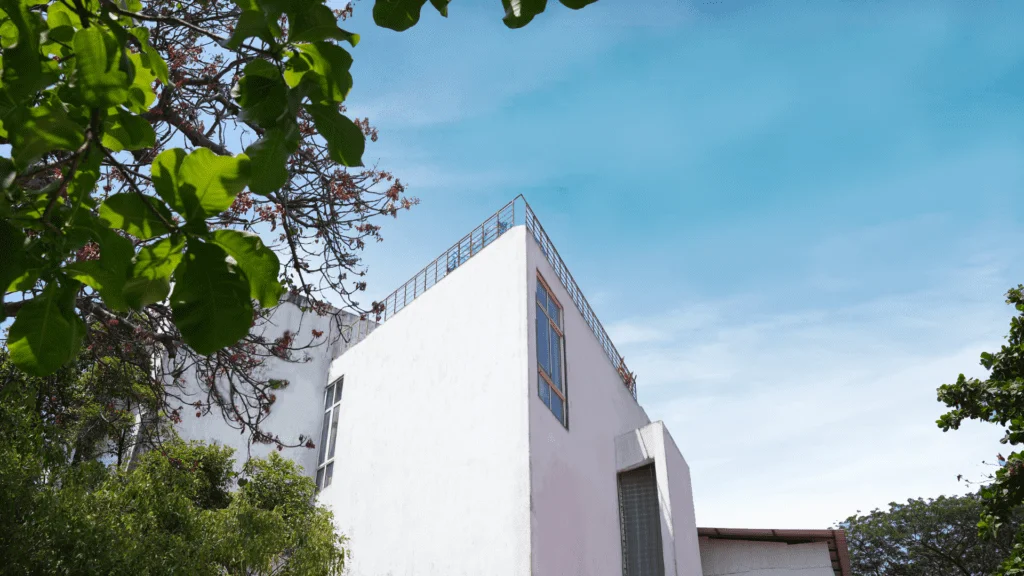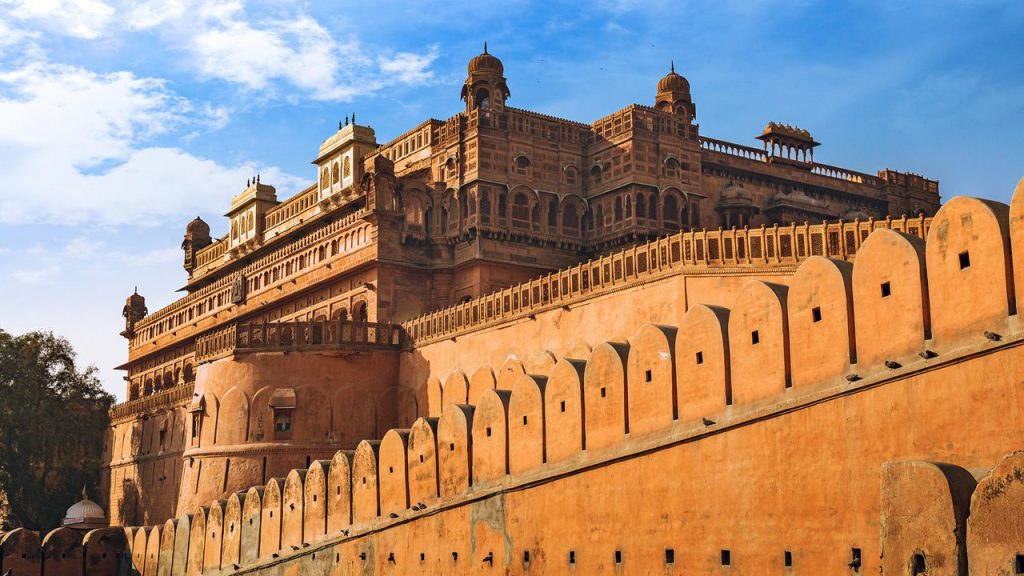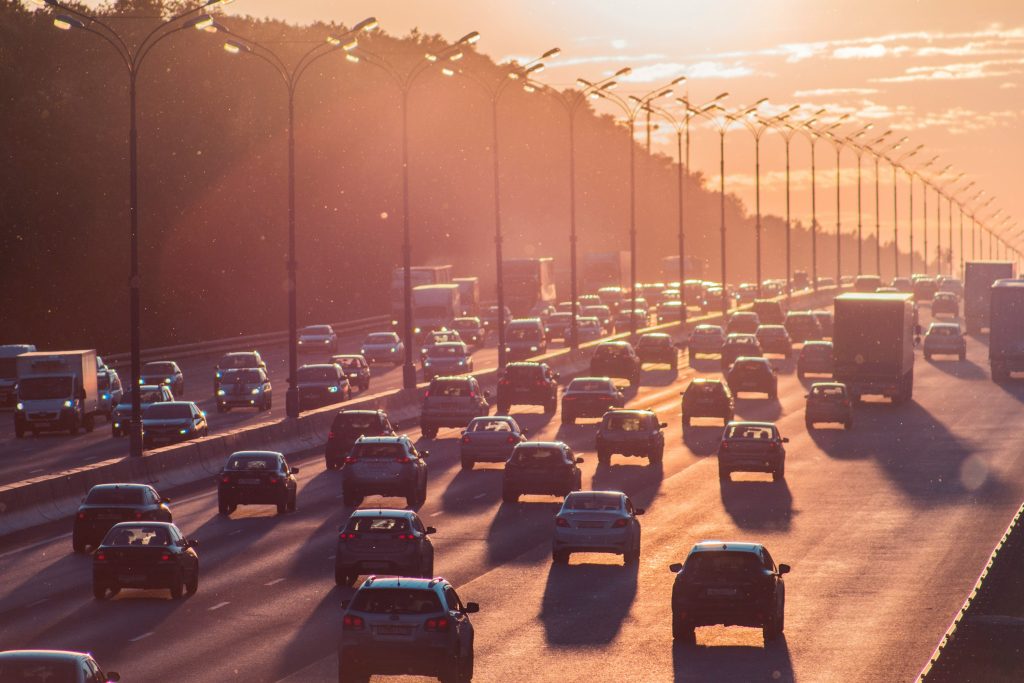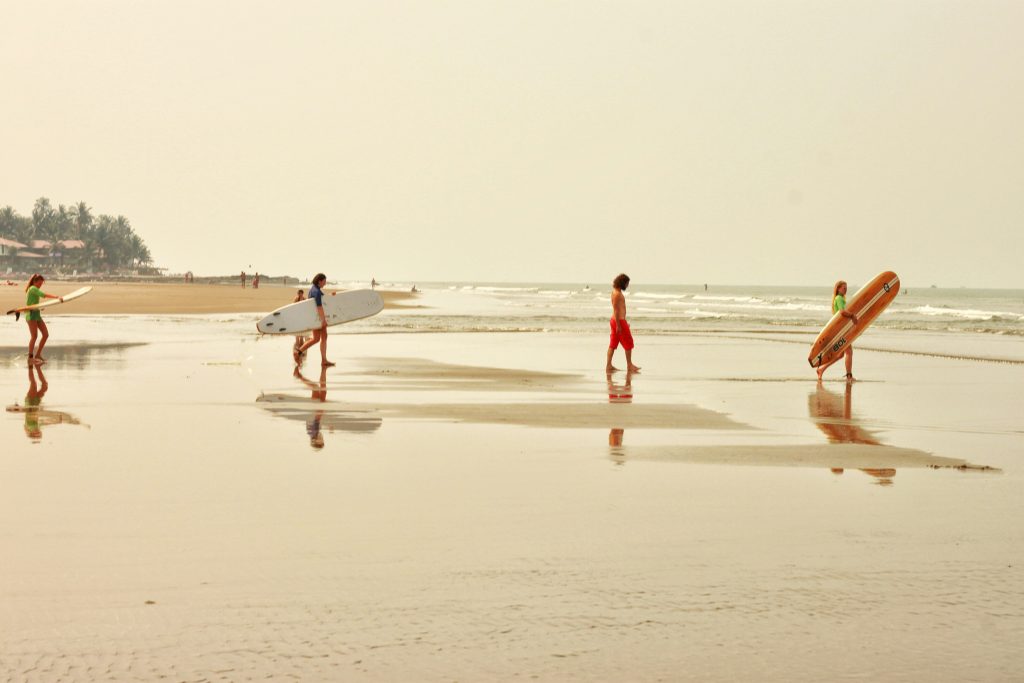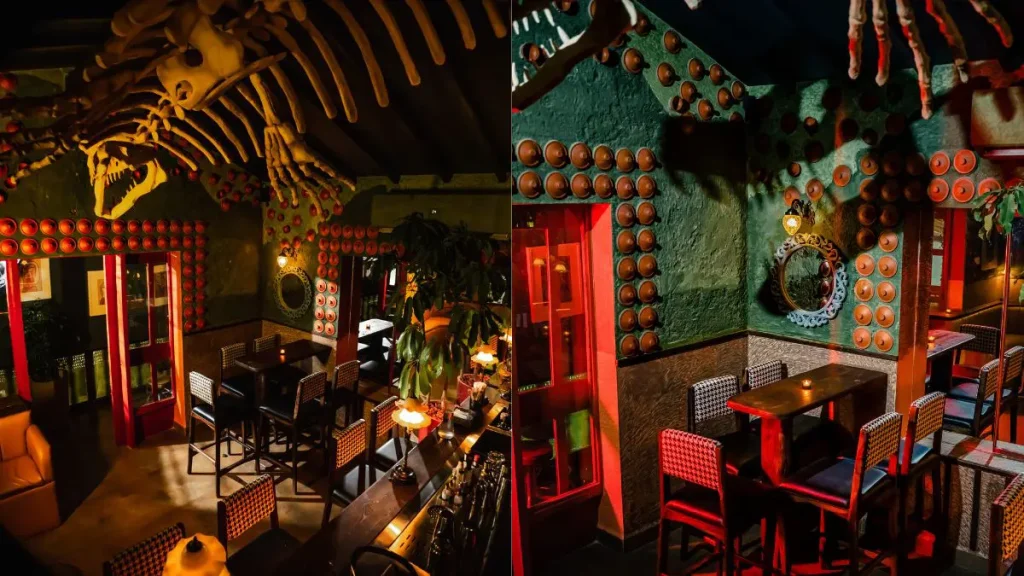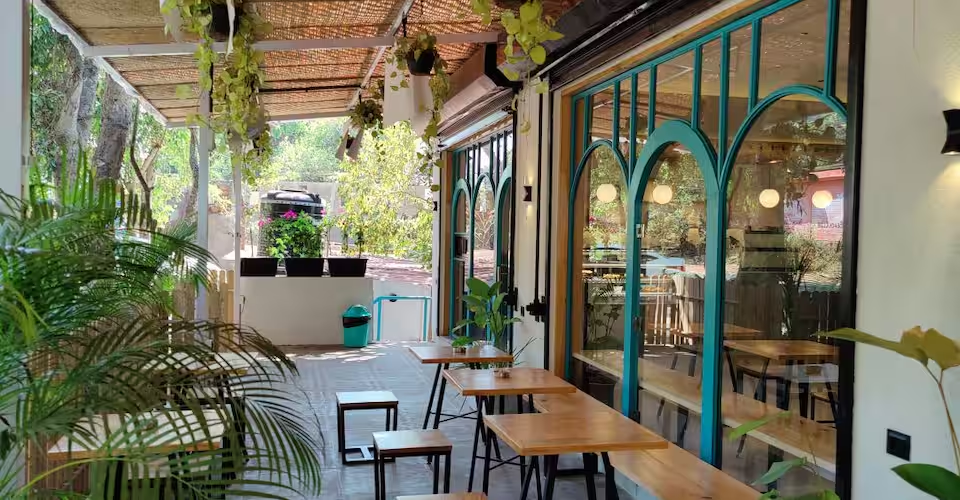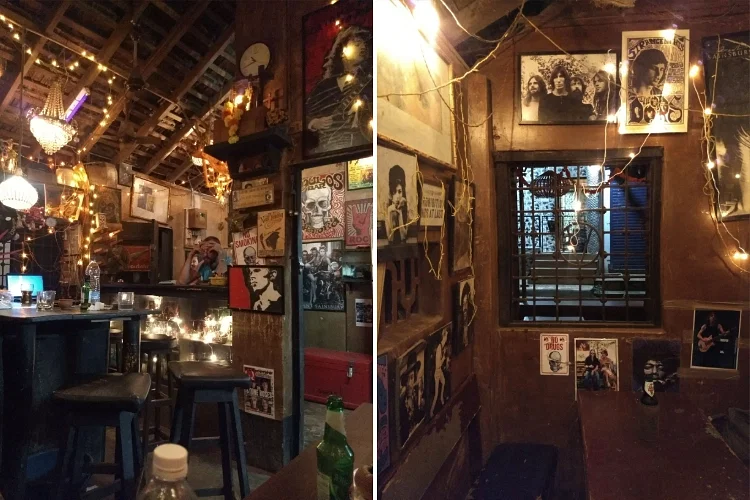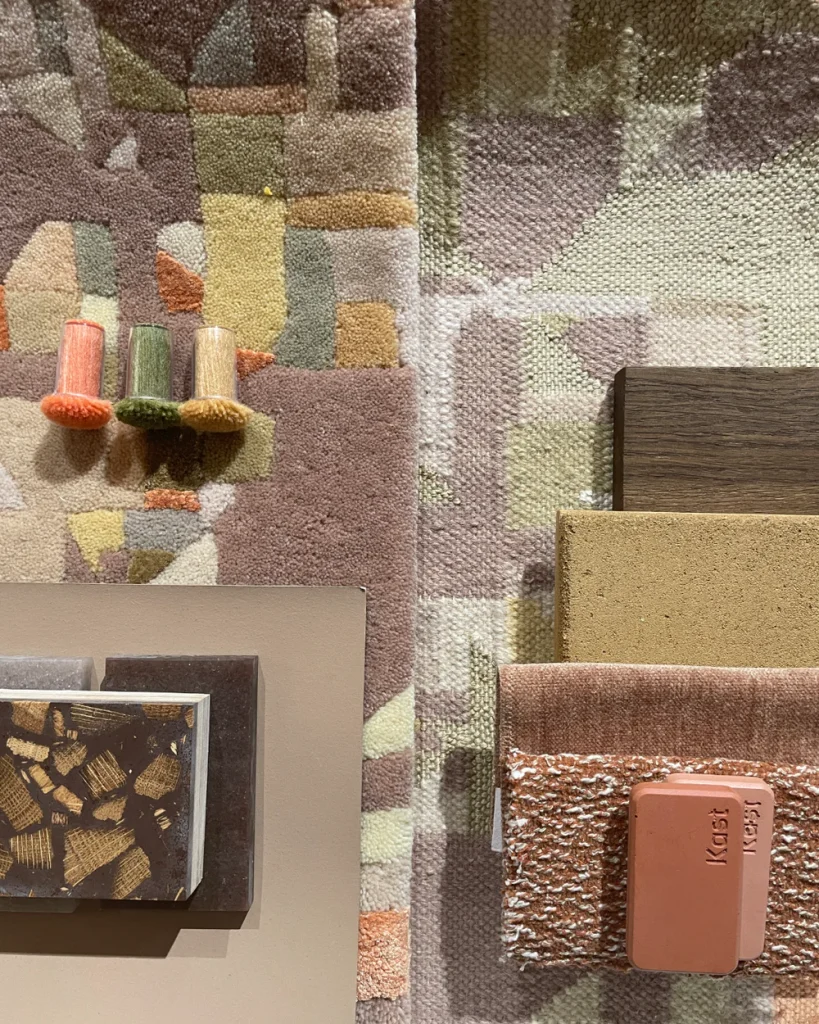Summary
This article explores the significant challenges of property development in Goa, a state highly sought-after by homebuyers. While Goa’s appeal is undeniable, developers face numerous hurdles, with key challenges including:
- Land and Legal Issues: Acquiring suitable land is difficult due to protected forests, strict agricultural conversion laws, and complex historical ownership systems like the Mundkar-Bhatkar arrangement. Developers must also navigate a bureaucratic maze to obtain numerous No-Objection Certificates (NOCs) from various government bodies.
- Environmental Regulations: Strict rules, such as the Coastal Regulation Zone (CRZ), and a growing emphasis on sustainability place significant restrictions on construction, particularly in prime coastal areas, requiring thorough environmental assessments.
- Infrastructure Deficiencies: Logistical problems like an inconsistent power supply, narrow village roads hindering the transport of materials, and shortages of skilled labour often cause delays and increase costs.
- Cultural and Community Factors: The considerable authority of village Panchayats requires developers to build strong community relationships. There is also a need to balance modern construction with the preservation of Goa’s unique architectural heritage.
Ultimately, successful development in Goa requires meticulous planning and deep local understanding. For prospective buyers, the simplest way to navigate these complexities is to partner with a reputable developer. For example, The Windsouls in Pilerne, to ensure their home is built responsibly and without legal or environmental complications.
Introduction
Goa, the “Pearl of the Orient,” beckons with its stunning beaches, vibrant culture, and a famously relaxed way of life. The desire to own a home in this idyllic state remains strong, attracting holidaymakers, those seeking a second home, and NRIs drawn to its unique charm and natural beauty. However, for those venturing into property development here, the appealing image often clashes with the intricate realities of bringing projects to fruition. The path from planning to completion is rarely straightforward in Goa, demanding considerable adaptability and perseverance from developers.

Land and Legal Labyrinths
Securing suitable land is frequently the initial and most significant obstacle for developers in Goa. A considerable portion of the state’s landmass is under forest protection, designated as agricultural with stringent conversion regulations, or subject to complex historical ownership patterns. This fragmented landscape necessitates a deep understanding of local land laws and often involves lengthy and intricate acquisition processes.
Adding to this complexity is the unique Mundkar-Bhatkar system. This is a historical land tenure arrangement granting occupancy rights to traditional dwellers (Mundkar) on a landowner’s property (Bhatkar). This system can significantly complicate land transfer and development plans. It requiring careful negotiation and often legal intervention to resolve occupancy rights. Furthermore, the sheer volume of No-Objection Certificates (NOCs) required from various governmental bodies presents a formidable bureaucratic hurdle. Developers must navigate a maze of approvals from departments such as Town and Country Planning, the Forest Department, and local Panchayats. Each of these comes with its own specific criteria and timelines, leading to inevitable delays and increased project costs.

Environmental and Regulatory Hurdles
Goa’s commitment to environmental preservation adds another layer of complexity to property development. The Coastal Regulation Zone (CRZ) rules, crucial for safeguarding the state’s extensive coastline, impose significant restrictions on construction, particularly in high-demand coastal areas. These regulations necessitate thorough environmental impact assessments and can limit the scope and design of projects. Moreover, there is growing emphasis on sustainable development to protect Goa’s diverse ecosystems, including the Western Ghats and delicate laterite plateaus. This means that development proposals face increasing environmental scrutiny. Developers must also contend with the challenges of providing adequate water supply and managing waste. In a region with a rapidly expanding population, this often requires investment in independent infrastructure solutions.

Infrastructure and Logistical Roadblocks
Beyond land and regulations, the existing infrastructure in Goa often presents logistical challenges for developers. Inconsistent power supply is a common concern, frequently necessitating investment in backup generators to ensure reliable services for future residents. The state’s network of narrow village roads, while adding to its picturesque appeal, can create significant difficulties in transporting heavy construction materials and machinery to project sites. This inevitably leads to delays and potential damage. Furthermore, securing a consistent and skilled construction workforce can be problematic. Developers often rely on migrant labour. This can result in issues related to availability, skill levels and the provision of adequate on-site accommodation.

The Human Element: Community and Culture
The unique cultural fabric of Goa also influences the development landscape. The prevalent “sussegado” attitude, while contributing to the state’s relaxed charm, can sometimes translate into a more leisurely pace in business dealings and approvals, potentially impacting project timelines. Local village Panchayats wield considerable authority in granting permissions and overseeing development at the community level. Understanding local dynamics, addressing community concerns, and fostering positive relationships with Panchayat members are therefore crucial for navigating the approval process successfully. Additionally, there is often a delicate balance to strike between the desire for modern development and the need to preserve Goa’s distinctive architectural heritage and cultural landscape, requiring developers to be sensitive to local aesthetics and potentially incorporate traditional design elements.

Conclusion: Towards a Sustainable Future
Despite the numerous and often intricate challenges, property development in Goa continues, driven by sustained demand and the ingenuity of developers willing to navigate its complexities. Success in this unique market often hinges on meticulous planning, the cultivation of strong local partnerships, and a deep appreciation for the specific Goan context.
Navigating the intricate landscape of building in Goa requires diligence and a trusted partner. To ensure your dream home is realised without falling foul of complex regulations or compromising the region’s delicate ecology, aligning with a reputable developer is paramount. By choosing a project like The Windsouls in Pilerne, you are not just buying a home; you are investing in peace of mind, secure in the knowledge that every detail has been managed with integrity, transparency, and a profound respect for Goan land. Let a trusted developer handle the complexities, so you can simply focus on your future.
Make ‘The Windsouls’ Your Address
Ready to experience the luxury and peace of The Windsouls, Pilerne? Enquire Now or Book Your Private Tour to learn more.
Contact Us
- Phone: +91 92050 99586
- Email: info@thewindsouls.com
- Office Address: G-43, Lower Ground, Green Park, New Delhi, Delhi 110016

























































